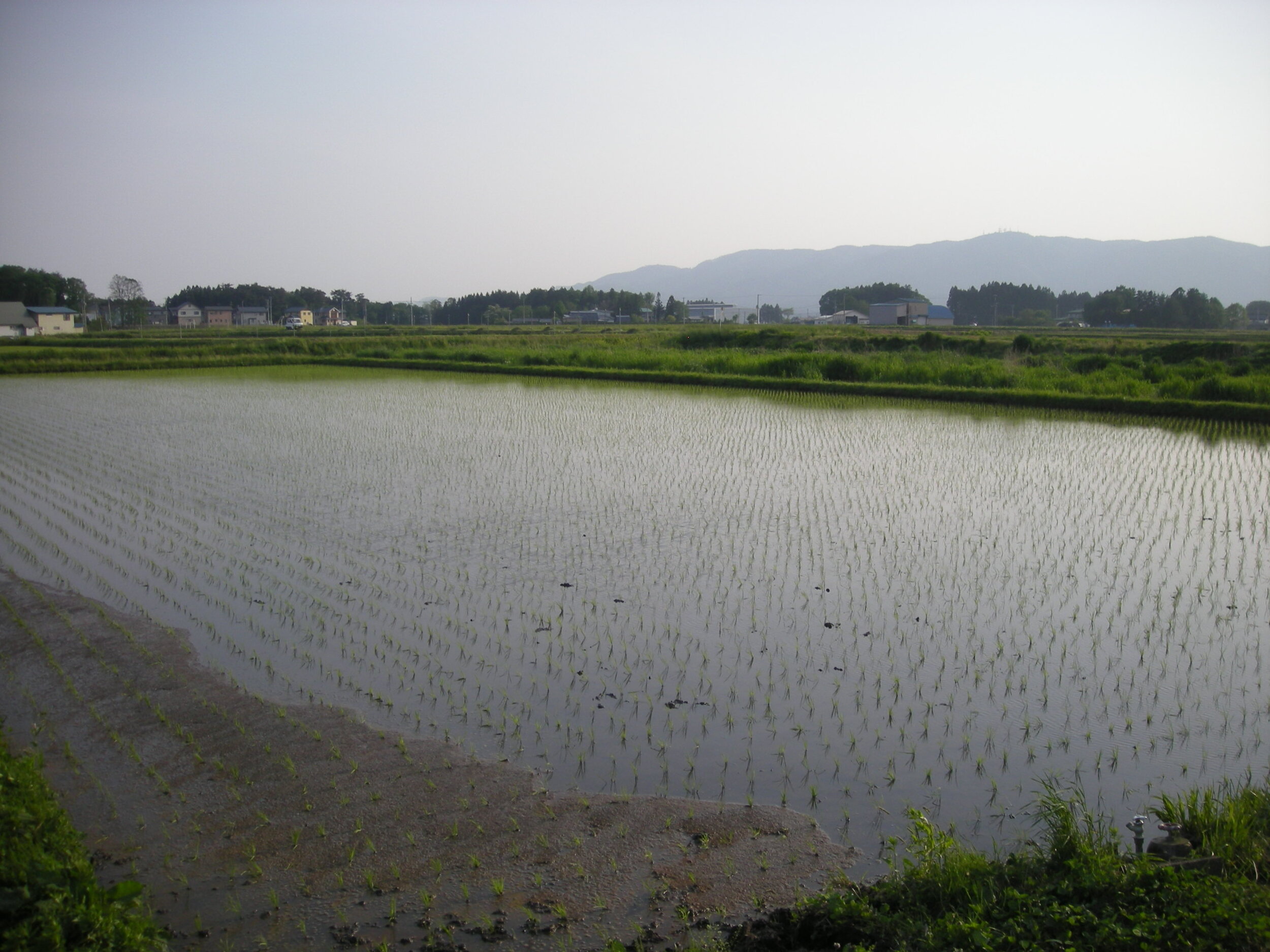Sake Production
Step 1. Growing & Harvesting Rice

Rice is a type of annual cereal grass which is planted each Spring (April-May) and harvested in the Fall (Sept-Oct).
There are approximately 200 strains of Sakamai (rice for sake-making) cultivated in Japan today with new local varieties constantly in development. Growing and farming rice is specialized, as is brewing sake. Traditionally and by law, the brewers could not be the growers…however that rigid separation of roles has evolved. Integration of production and the Farm to Table movement have encouraged a closer connection between breweries, the land, and the rice crop, as well as providing needed year-round employment for brewery workers (kuribito).
Rice, like oats or wheat, may be dry-farmed, however in Japan, all rice (table or sakamai) is grown in irrigated fields (paddies) with fertilization kept to an absolute minimum. Following harvest the rice grains are allowed to dry to 14-15% moisture; they are then dehusked (brown rice) and readied for storage or sale.
Growers and brewers are looking for these preferred characteristics in Sakamai:
Consistent fully ripe rice crop
Large grain 25-30 g/per 1000 grains
Low protein smaller amounts of amino acids and undesirable
Well defined flat or disc shaped Shimpaku (starchy heart)
Good water absorbency, dissolves easily during fermentation
Sturdy plant, decease resistant, financially viable crop size








